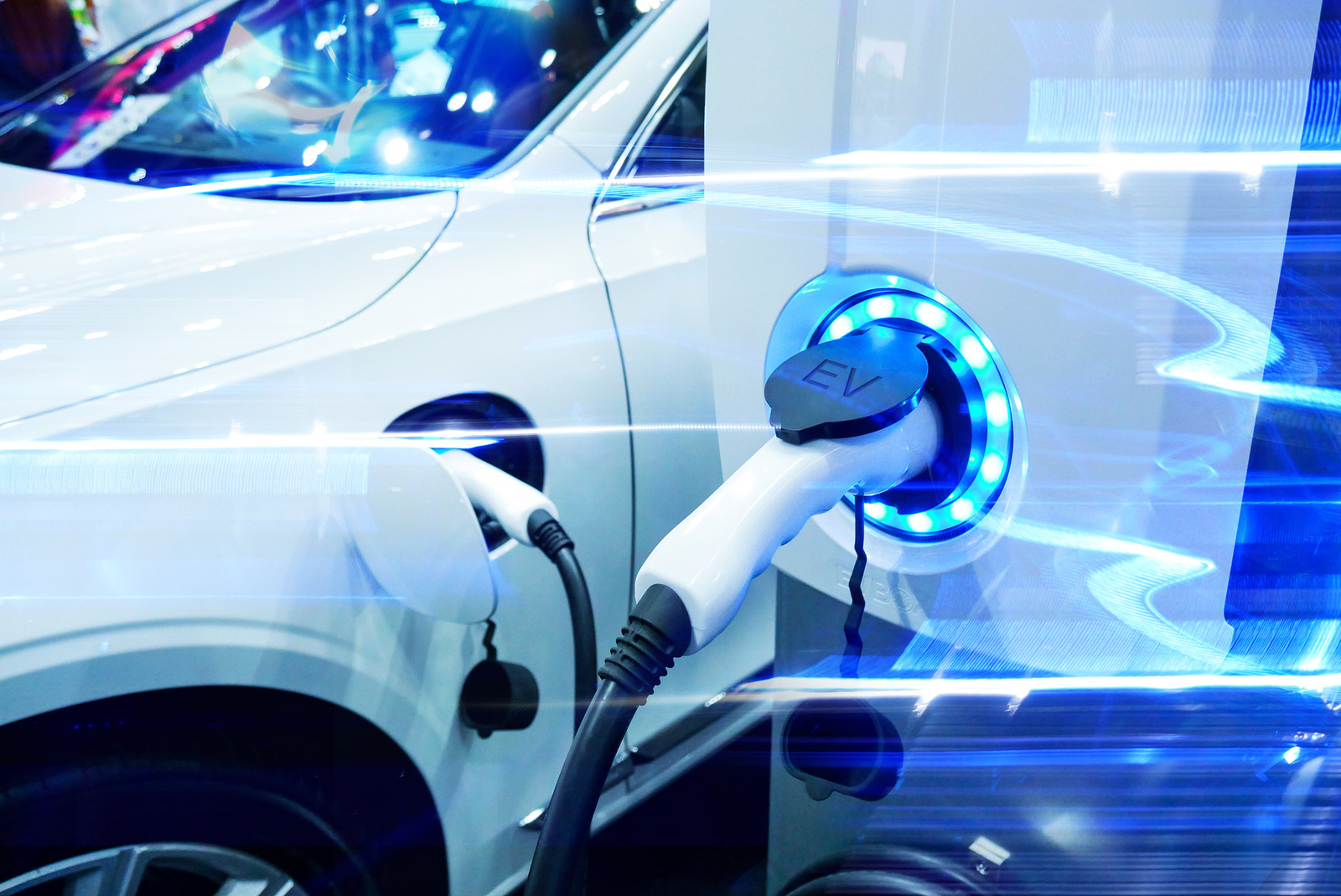The hybrid car – what, how, and why?
What actually is a hybrid? How do you use it and why is it a good investment? Keep reading to find out if your next car should be a hybrid and what kind of hybrid that would fit you.
When buying a car today, there is a multitude of choices and thus a lot of research to do. Should you stick with the old school gasoline or diesel cars, should you go fully electric or maybe you feel like choosing something in between?
What is a hybrid?
A hybrid is a car with a gasoline engine and one or more electric motors. The motors cooperate on moving the car, sometimes together and sometimes alone. Which means the car can be both electric and fossil fuel.
Plug-in or non-plug-in?
Within the hybrid category, there are both plug-in (PHEVs) and non-plug-in (HEVs) cars. This translates into the cars being chargeable and non-chargeable. A PHEV, you can charge just like a fully electric car while an HEV charges itself.
There are positives and negatives with both kinds. If you often go for long drives, maybe you have a cabin or a long commute to work, then a PHEV is a perfect choice for you. It lets you drive fully electric on shorter trips and has a long enough reach to get you all the way on longer drives.
With an HEV, you don’t have to think about charging your car, it’s self-charging and you can drive short distances fully electrical. You still get all the benefits of a fossil fuel car while saving fuel and being more environmentally friendly. They are also a bit more affordable.
How does it work?
There are some differences between how an HEV and a PHEV work. They use different technology, meaning they are also used differently.
PHEVs
A PHEV has a larger battery than the HEVs that you can charge using a cable and electricity from your home or a charging station. The size of the battery allows you to drive fully electric for a fair amount of time, much longer than you’re able to with an HEV.
When your battery is empty your car starts burning fuel instead. This way you’re able to drive longer distances. You can also choose not to plug in your PHEV so that the car will use a combination of its two engines, like an HEV. You just have to keep filling up your gas tank.
HEVs
An HEV uses a gasoline engine to constantly keep its batteries charged while driving. Due to the size of the batteries, they’re not chargeable any other way and you don’t have to worry about plugging them in at night.
Because of the combination of electric and gasoline/diesel power, hybrids are able to provide a much better fuel economy than normal fossil fuel cars, especially during stop-and-go driving in cities or when stuck in traffic. Every time you use the breaks, the batteries recapture energy, allowing you to drive longer on less fuel.
Why should you “go hybrid?”
A hybrid is still a car and there will be costs and repairs just like with any other vehicle. You might have to replace the car glass, change your tires or have servicing done on your engine, BUT you get a few perks driving a hybrid, especially with a PHEV.
- All your daily little trips, for example to the store, picking up your kids or going to the gym, can be done fully electric. This way you save money and the environment.
- You don’t have to worry about the reach of your car on longer trips. When your battery is empty, the car switches to diesel or gas, making it possible to keep driving without stopping to recharge.
- PHEVs have lower fees than fossil fuel cars and a favourable selling price.
- You save money on fuel, both with PHEVs and HEVs. In addition to using electricity as fuel, they usually weigh less than fossil fuel cars and will use less energy.
- Hybrids normally have higher resale value because of the high demand on the market.

